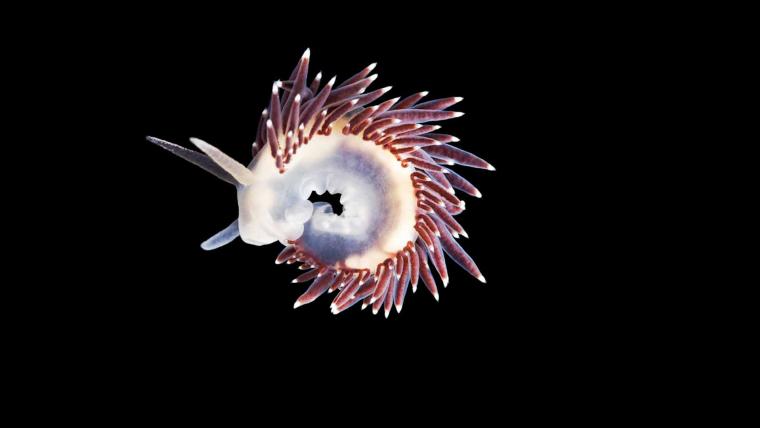
Why nudibranchs are expert adapters in the face of climate change
In shallow waters and in the deep blue, meet the slugs of the sea – nudibranchs. There are over 3 000 species of these marine molluscs. With their striking patterns and varied colours, they’re as appealing to photographers as they are to scientists. Images depicting them in meticulous detail have allowed us to study and better understand the unpredictable nature of these gastropods. Despite having no shells as armour, nudibranchs still manage to thrive in extremities. From the blistering heat to the piercing cold, these marine slugs are experts at adapting, making them valuable indicators of an ecosystem’s health.
Nudibranchs have a short lifespan, meaning they have to swiftly adjust to external changes. Millions of years ago, pteropods or winged sea slugs survived environmental shifts such as warmer waters and greater ocean acidity. These conditions are no home for shelled marine life as it dissolves their exterior and affects their ability to develop and reproduce. Today, nudibranchs are believed to be more resilient to acidification which is the direct result of climate change and increased carbon dioxide. Their populations are thriving despite rising temperatures, as seen by the growth in the Hopkins’ Rose nudibranch along California coastlines. Nudibranchs usually found in southern zones have also been recorded occupying Arctic waters due to strong currents forcing them out of their usual habitats.
It’s crucial that scientists, citizen researchers, and photographers continue to closely monitor these variations in nudibranch movement, population, and behaviour. In all their shapes and sumptuous patterns, they signal a changing environment. The intelligent and highly adaptable creatures have an important role to play – reminding us of how our actions are transforming the ocean and life within it.
Footage by Alexander Semenov was used in the creation of this film.
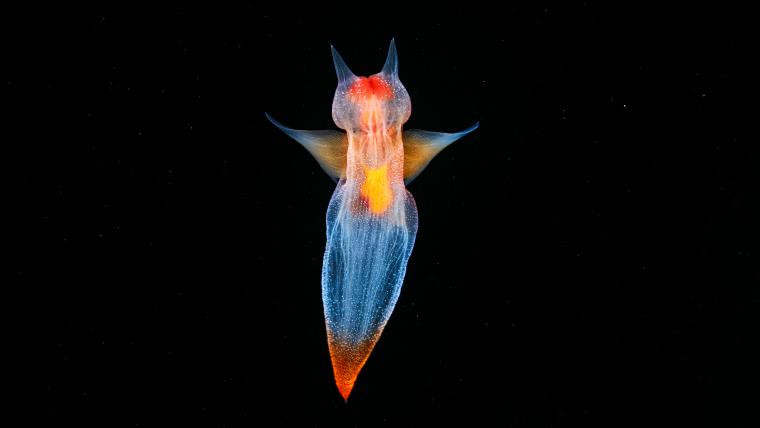
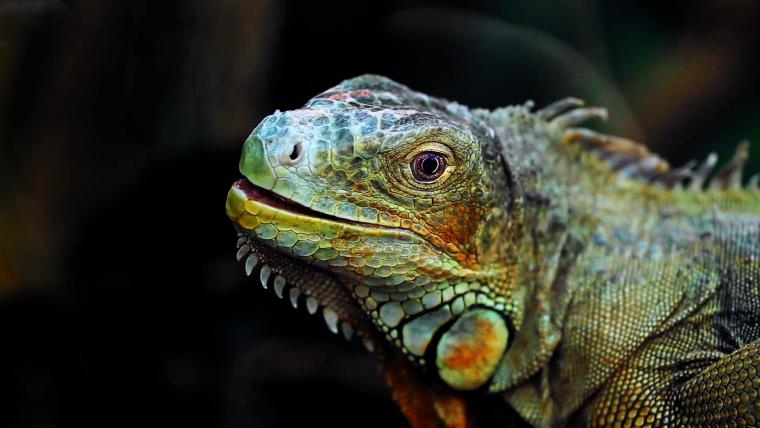
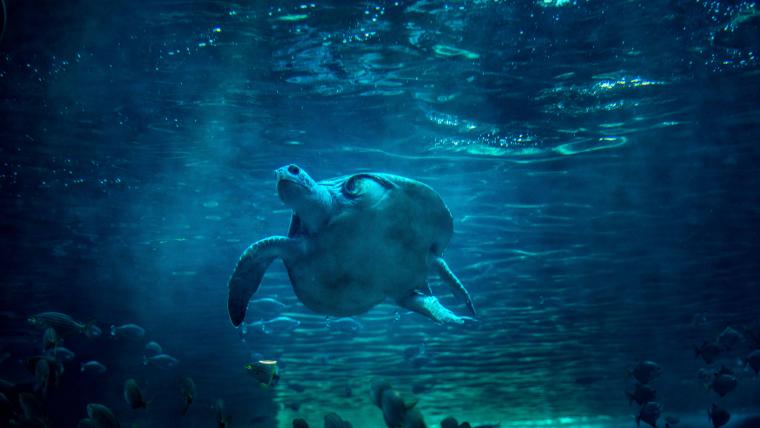
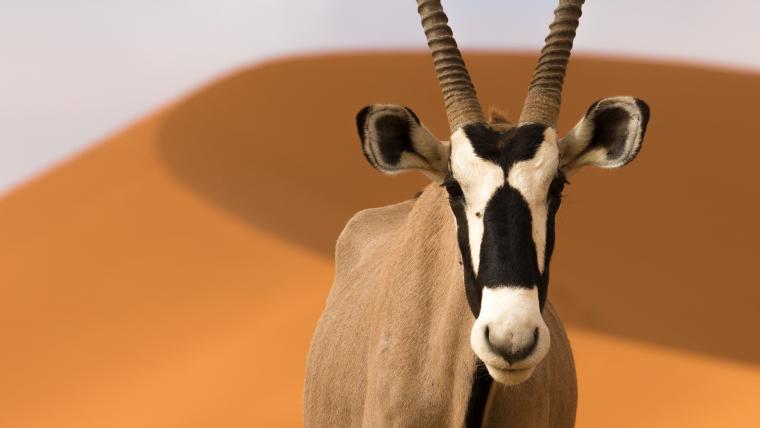
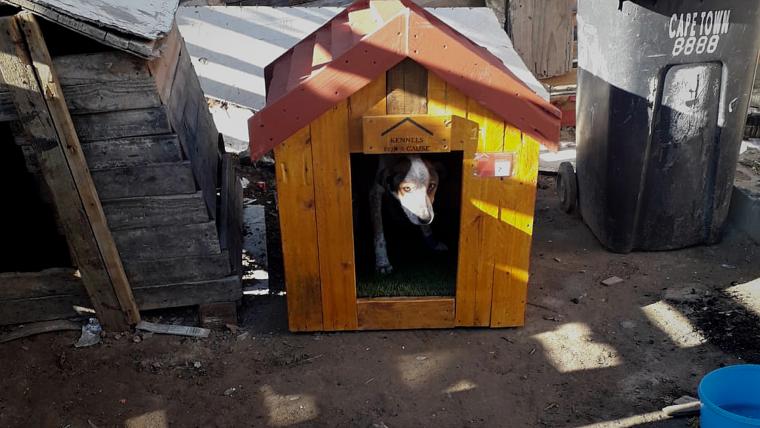
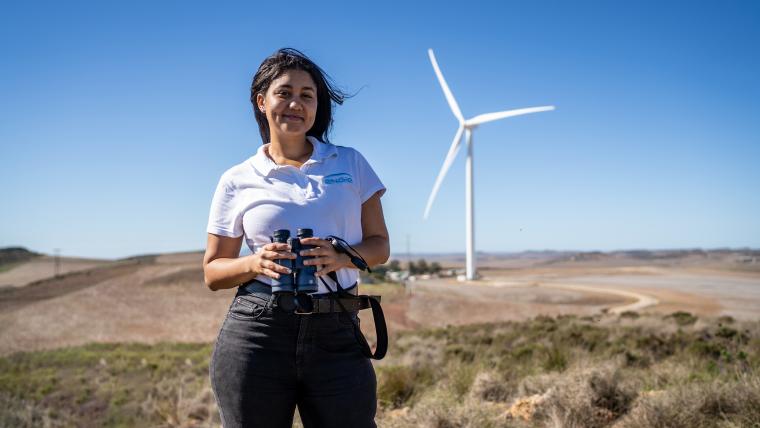
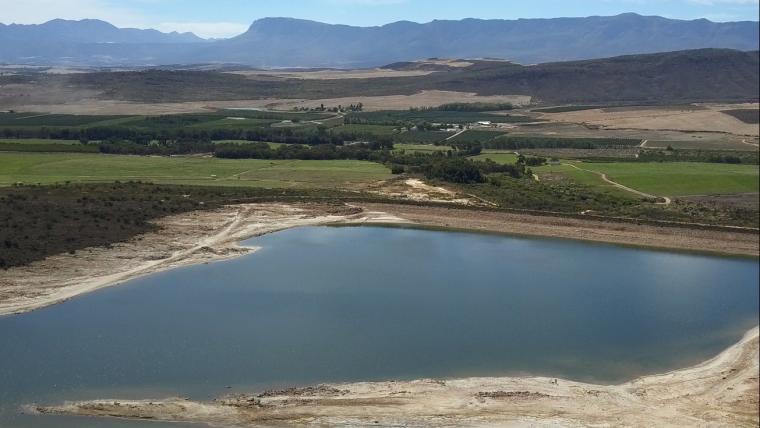
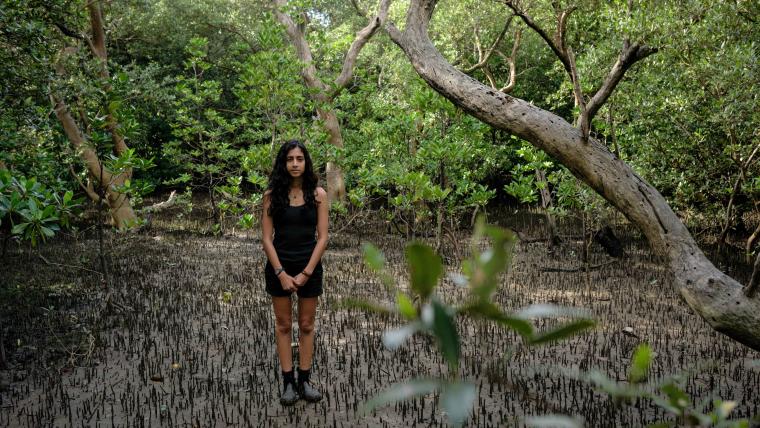

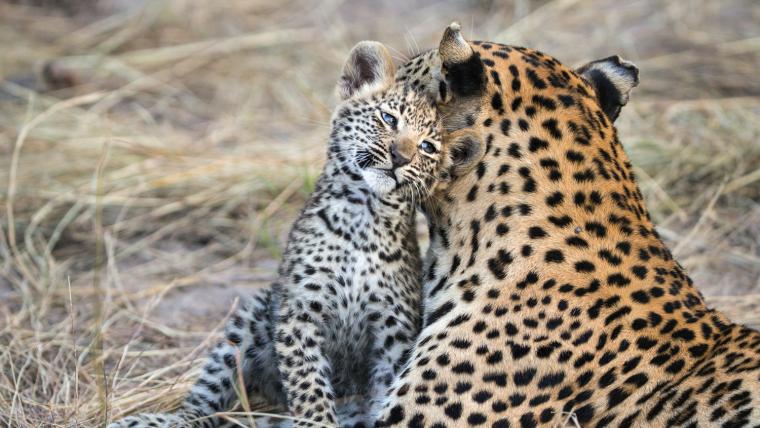




















Please sign in to leave a comment